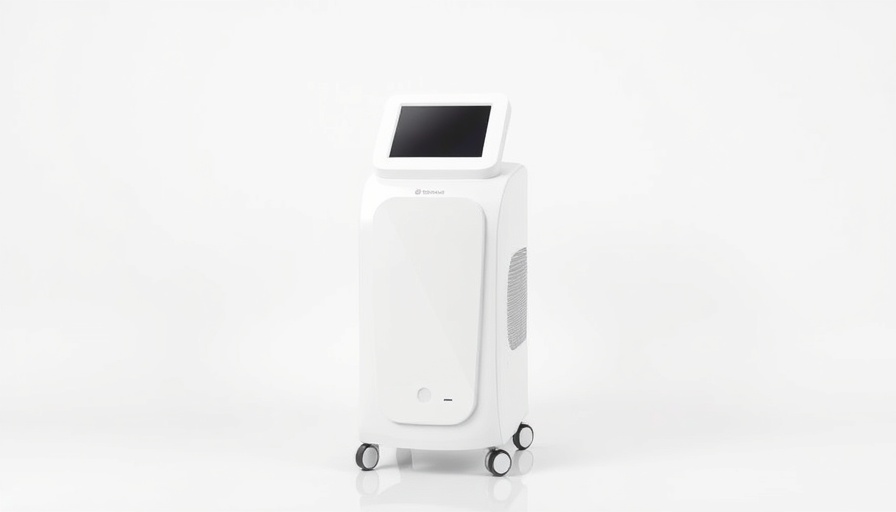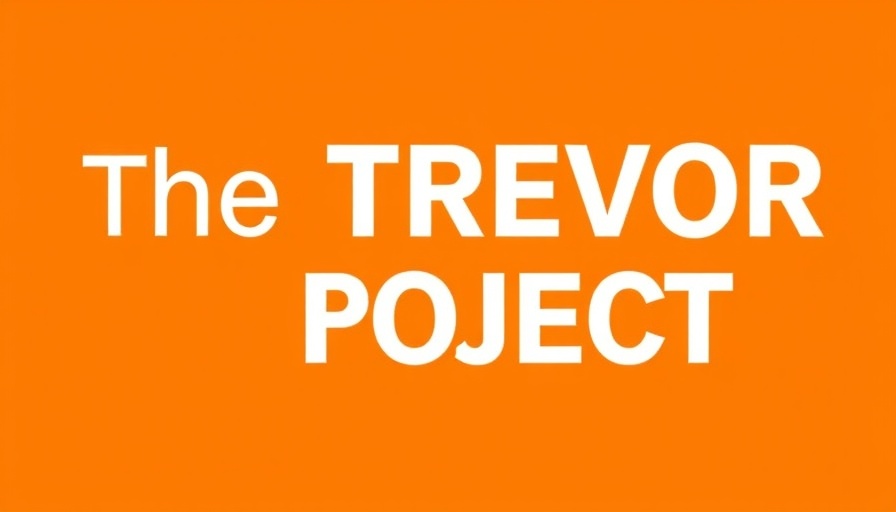
Understanding the Physosocial Impact of Neuromodulator Injections
The 2025 American Academy of Dermatology (AAD) Annual Meeting highlighted an intriguing perspective on neuromodulator injections, primarily botulinum toxins, that underscores their potential impact beyond mere cosmetic enhancement. As discussed by Dr. Vince Bertucci, these treatments don’t just alter appearances; they may also influence mental health and emotional well-being.
The Facial Feedback Hypothesis: More Than Just Looks
Dr. Bertucci introduced the facial feedback hypothesis, which posits that our facial expressions actively influence our emotions rather than merely reflecting them. In other words, altering one’s appearance through neuromodulation could potentially enhance mood and self-perception. Studies presented indicate that individuals receiving natural-looking botulinum toxin treatments not only report increased satisfaction with their appearance but also experience improvements in emotional resilience and mental health.
The Psychological Benefits of Cosmetic Treatments: A Close Look
Research indicates that the psychosocial benefits derived from aesthetic treatments often exceed cosmetic gains. An investigation into the psychological effects revealed that these interventions could play a role in alleviating symptoms of major depressive disorder (MDD). Specifically, studies suggest injecting neuromodulators into facial areas associated with emotional expression might yield greater psychological advantages compared to other peripheral sites.
The Clinical Evidence
Several clinical trials presented by Dr. Bertucci point towards the antidepressant effects of neuromodulators on patients suffering from MDD. Current findings highlight the need for further examination, yet they establish a compelling case for considering these injections as part of a non-systemic treatment strategy for depression.
Current Challenges and Future Directions
Despite promising research, significant challenges remain. Dr. Bertucci emphasized the necessity for additional data to solidify these preliminary findings. As methods evolve, exploring neuromodulators’ broader applications—including in the treatment of PTSD and anxiety disorders—holds promise for enhancing therapeutic effectiveness.
Integrating Psychosocial Factors into Treatment Protocols
The concept of integrating psychosocial factors into health protocols is mirrored in other studies, emphasizing the necessity of addressing patients’ emotional responses during treatment processes. Similar findings were noted in a study investigating patient-reported outcomes (PROs) in the realm of persistent pain and spinal cord stimulation trials. Here too, higher levels of anxiety and depression were predictive of unsuccessful treatment outcomes. This correlation underscores that mental well-being should be prioritized alongside physical treatments.
Conclusion: Bridging Aesthetic Enhancements with Mental Health
The intersection of aesthetic outcomes and psychological health underscores a critical shift in modern dermatological practice. Emphasizing a holistic approach towards cosmetic procedures could lead to more comprehensive treatment plans that acknowledge the intricate relationship between appearance and emotional health. Further research is essential to capture the full spectrum of benefits users may obtain from neuromodulators.
As the understanding of neuromodulators’ effects continues to grow, healthcare providers must be equipped to address both the physical and psychosocial aspects of treatment. This could pave the way for enhanced patient satisfaction and better overall mental health outcomes, establishing these treatments as powerful tools in both aesthetics and mental health management.
 Add Row
Add Row  Add
Add 




Write A Comment